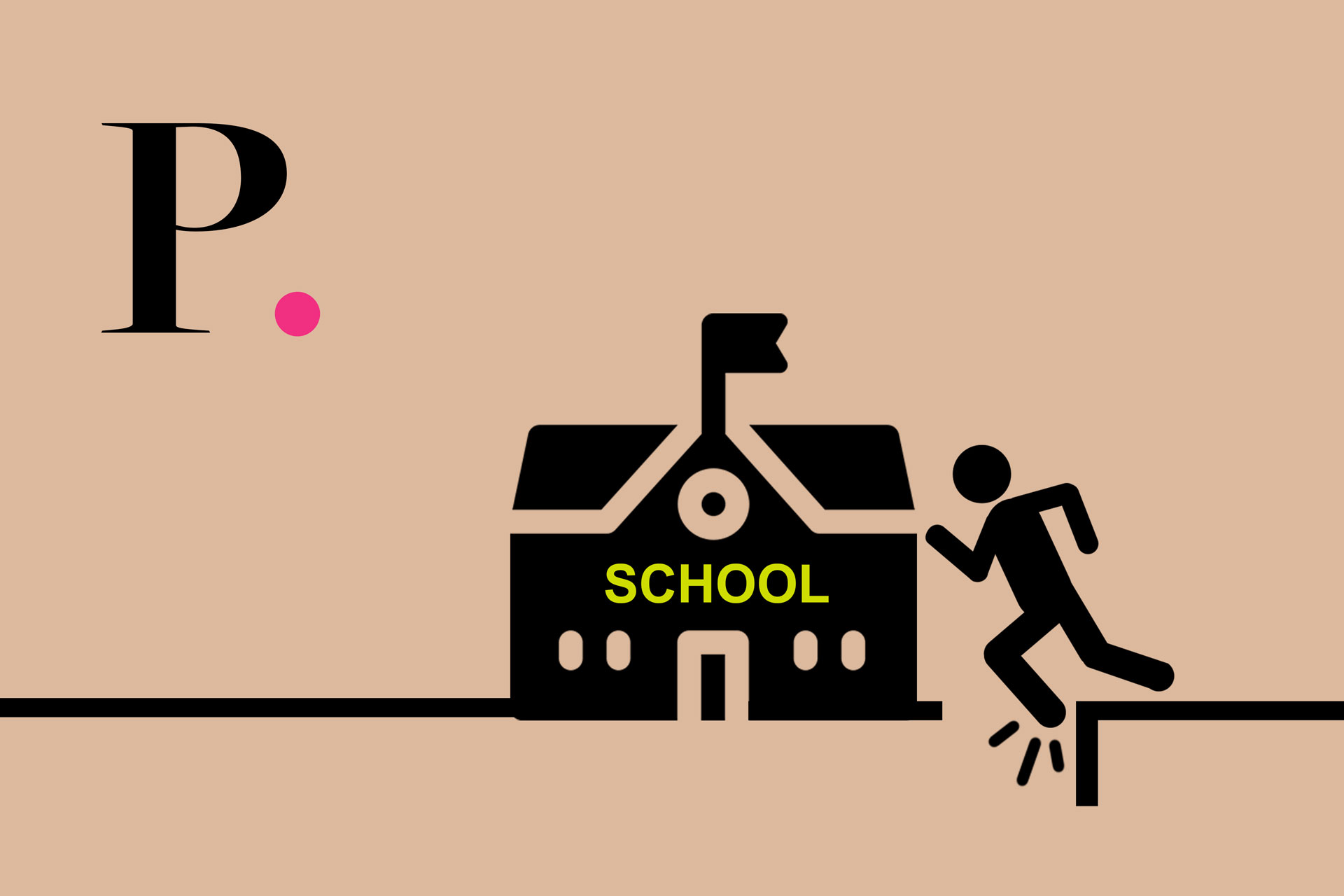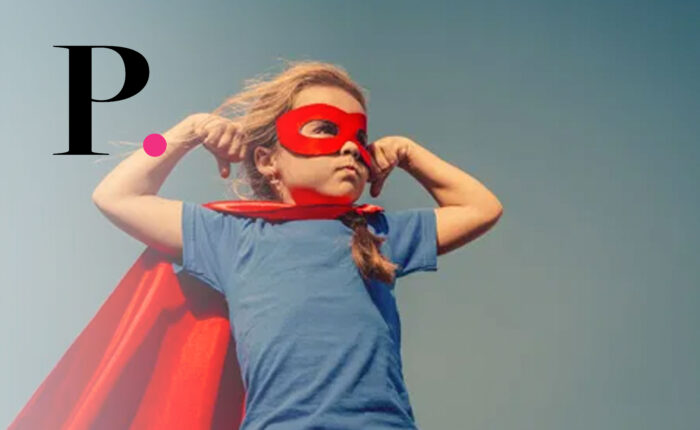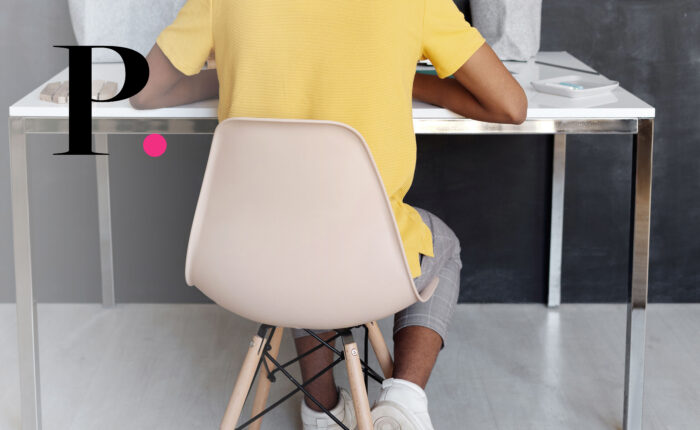This week could have been the first week students got back to school after their Easter break, traffic could have been over saturated and the usual routine could have slowly led us again towards the summer season. Instead, even though Europe has slowly started to turn on its economic engines, we are still immersed into the #stayhome routine, waiting patiently for the ‘back to normality’ signal to announce our much-deserved freedom.
There have been a lot of debates about the definition of the ‘new normality’ to follow in the post-Corona era, and despite the fact that opinions vary a lot, one thing is certain: things will never go back to the way they were. At least not in education. While many industries have been severely affected during these challenging times (such as hospitality, transportation and travel), few have been thriving (like food supply chains, pharma or delivery services), education has found itself in the situation in which it had to challenge the usual learning methods and moved completely online in order to stay afloat. MOOCs (i.e. Massive Open Online Courses) take over the traditionally taught classes, the vocabulary of education and its tasks seems to be changing, while digital education action plans aim to support the technology use for developing new competences.
The real question that is humming within this scenario is: what will happen to education and its spaces once the confinement will be lifted and schools will open their gates again? Where and how will learning be resumed?
Perhaps the time left between coming back to the classroom and the end of the academic year in Romania will not be longer than a month, time which most probably will be optimized to accommodate as many courses and examinations catch-ups as possible. It is rather likely to have no spare time to actually analyze and interpret the changes that the pandemic has awakened within students’ new competences, interests or evolution. However, given the current situation, now is the right moment to look into perspective and analyze what the next steps should be. What are the take-home messages school owners, directors and educators should evaluate during this summer break?
Going online will not be enough
Schools and educators have been putting enormous amounts of energy into their efforts to take Education online almost overnight. We should all take the opportunity to praise them, as it was not an easy shift – both from a human and technical perspective. However, we need to be aware that while this could have been an effective emergency decision, the education system and most importantly the school spaces are not adapted to take this step forward. If during these past months learning has been possible fully online, what will be the point of the physical school spaces after all? This is the question that school owners, directors and educators will have to answer once the restrictions are over.
Space optimization
- The benefits of learning communities
It becomes more and more clear that good schools will be able to offer students benefits they cannot have at home. Apart from the learning materials themselves, it will be essential to focus on the learning environment, the opportunity to customize study areas and last but not least, the content students might choose to focus on according to their interests. Thus, the learning community will become a strong tool to improve performance.
- Places students can make their own
Like in the workplace, or at home, when we are given the possibility to make a space our own and personalize it, we are more inclined to get more engaged, to feel more at ease, perform better and achieve higher results. Offering such facilities should be among the top criteria for a school to offer to its students. You will be surprised to realize that adapting the existing school space with the help of a few smart and creative design decisions may turn minimum investments into really high return of engagement rates.
- Learning outside the classroom
As there is no doubt about the fact that this pandemic is a global tragedy, from the education’s perspective this can actually have a beneficial outcome. This is a fantastic opportunity to rethink the classrooms we all know so well, formed by numerous rows of desks and a teacher in the front trying every time harder to engage a rather disinterested audience. This is also an occasion to realize that learning does not only happen in the classroom but also in the so-called in-between spaces from schools, where students interact, study, socialize and share experiences. In order to position themselves higher, schools will have to switch paradigms and pay extra care to spaces which otherwise tend to be considered as auxiliary.
- The healing power of nature
If there would be one last learning tip to take-home after the close-up we have been through, without second thoughts should pop out the importance of nature and the outdoor space. For living, working or studying, nature should be an intrinsic part of our everyday life. At least in the urban areas, too few of us had the chance to spend the confinement in their little back yards and enjoy the fresh air and the mellow sun of late spring. Students more than anyone else are always happy to spend time outdoors. And this makes nature take an important part of the education process. We must make sure that schools will be ready to embrace this within their curricula in order to be able to offer a complete and healthy learning environment.
Variety is key for productivity
As every day passes, it becomes more and more clear that we are going to experience long-term shifts in the way we study, work and socialize. We will have to adapt little by little to the new ways of the world, and the quicker we understand how it all works, the greater the variety will be in terms of education spaces. Hard work as a stand-alone effort will not be enough for high productivity and extraordinary academic performance. What actually helps alongside are being part of a learning community, feeling engaged by being able to customize the space you use, learning to learn outside the classroom and spending time in nature.
Article authored by arch. Miruna Pavoni and published originally on Business Review.





